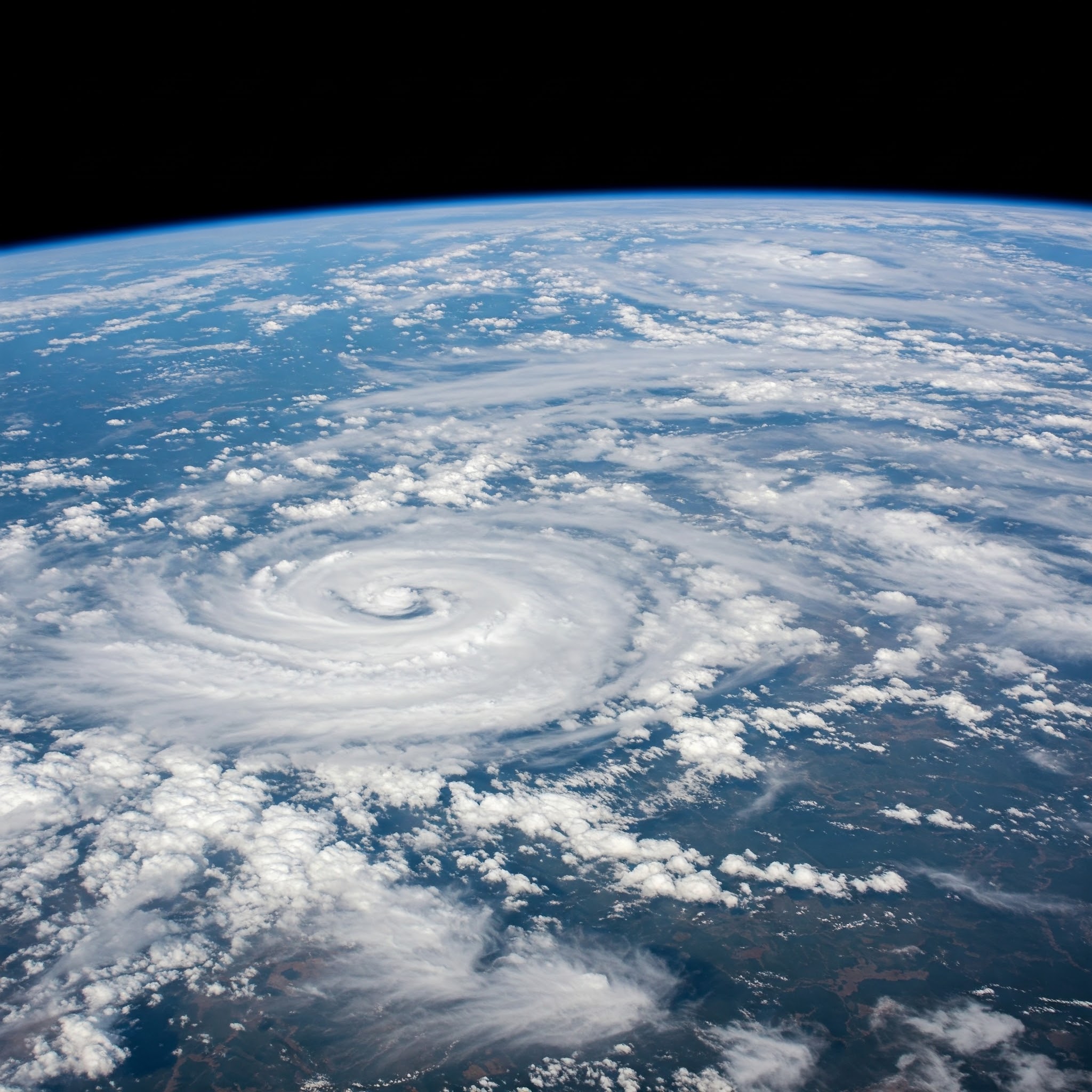Atmosphere

Atmosphere, abbreviated as ATM, is the layer of gases that surrounds a planet or celestial body and is held in place by its gravity. On Earth, the atmosphere is the layer of gases that surrounds our planet and is composed primarily of nitrogen (78%), oxygen (21%), and trace amounts of other gases such as argon, carbon dioxide, and neon. The Earth's atmosphere is divided into several layers based on temperature and composition. The lowest layer is the troposphere, which extends from the Earth's surface up to an altitude of about 8-18 kilometers, depending on the location.
The troposphere is where most of the Earth's weather occurs and where the air temperature decreases with increasing altitude. Above the troposphere is the stratosphere, which extends up to an altitude of about 50 kilometers. The stratosphere contains the ozone layer, which absorbs harmful ultraviolet radiation from the sun. Above the stratosphere are the mesosphere, thermosphere, and exosphere.
The Earth's atmosphere plays a vital role in supporting life on our planet by providing oxygen for respiration, protecting us from harmful solar radiation, and regulating the Earth's temperature through the greenhouse effect. The composition and properties of the atmosphere can also have important effects on climate, weather, and environmental conditions.
Over time it has evolved to what it is today consists of
- Nitrogen - 78.084%
- Oxygen - 20.95%
- Argon - 0.934%
- Carbon Dioxide - 0.036%
- Neon - 0.0018%
- Helium - 0.0005%
- Methane - 0.00017%
- Hydrogen - 0.00005%
- Nitrous Oxide - 0.00003%
- Ozone - 0.000004%
- and smaller traces of other gasses

